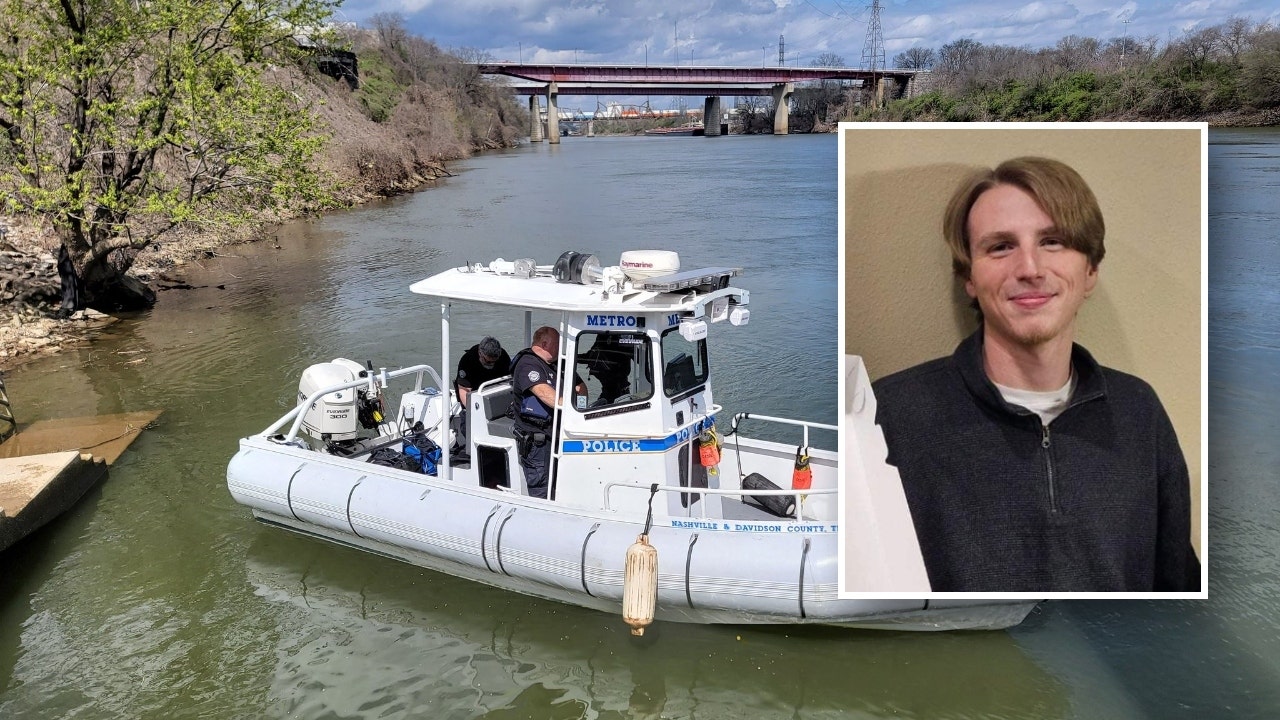For the first time, the federal government is requiring municipal water systems to remove six synthetic chemicals linked to cancer and other health problems that are present in the tap water of hundreds of millions of Americans.
The extraordinary move from the Environmental Protection Agency mandates that water providers reduce perfluoroalkyl and polyfluoroalkyl substances, known collectively as PFAS, to near-zero levels. The compounds, found in everything from dental floss to firefighting foams to children’s toys, are called “forever chemicals” because they never fully degrade and can accumulate in the body and the environment.
The chemicals are so ubiquitous that they can be found in the blood of almost every person in the United States. A 2023 government study of private wells and public water systems detected PFAS chemicals in nearly half the tap water in the country.
Exposure to PFAS has been associated with metabolic disorders, decreased fertility in women, developmental delays in children and increased risk of some prostate, kidney and testicular cancers, according to the E.P.A.
Michael S. Regan, the E.P.A. administrator, called the new regulation “life changing.”
“This action will prevent thousands of deaths and reduce tens of thousands of serious illnesses,” Mr. Regan said on a call with reporters on Tuesday. He described the rule as the most significant action the federal government has ever taken to reduce PFAS exposure in drinking water.
“We are one huge step closer to finally shutting off the tap on forever chemicals once and for all,” he said.
The E.P.A. estimated it would cost water utilities about $1.5 billion annually to comply with the rule, though utilities maintain that the costs could be twice that amount and are worried about how to fund it. States and local governments have successfully sued some manufacturers of PFAS for contaminating drinking water supplies, but the settlements awarded to municipalities have been dwarfed by the costs of cleaning up the chemicals, municipal officials said.
Industry executives say taxpayers will ultimately foot the bill in the form of increased water rates.
The 2021 bipartisan infrastructure law provides $9 billion to help communities address PFAS contamination and the E.P.A. said $1 billion of that money would be set aside to help states with initial testing and treatment.
Mr. Regan is expected to formally announce the regulation on Wednesday in Fayetteville, N.C., near the site where, in 2017, a Chemours chemical plant discharged water contaminated with PFAS into the Cape Fear River, making the local drinking water unsafe.
Mr. Regan, who previously served as North Carolina’s top environmental regulator, oversaw the Cape Fear PFAS investigation at the time and forced Chemours to clean up the air, soil and water in the lower Cape Fear River basin communities.
In 2022, the E.P.A. found the chemicals could cause harm at levels “much lower than previously understood” and that almost no level of exposure was safe.
Under the new rule from the E.P.A., water utilities must monitor supplies for PFAS chemicals and would be required to notify the public and reduce contamination if levels exceeded the new standard of 4 parts per trillion for perfluoroalkyl and polyfluoroalkyl substances. Previously, the agency had advised that drinking water contain no more than 70 parts per trillion of the chemicals.
Public water systems have three years to complete their monitoring. If those samples show that levels of PFAS exceed the new E.P.A. standards, the utilities would have another two years to purchase and install equipment designed to filter out PFAS.
In a 2020 peer-reviewed study, scientists at the Environmental Working Group, a nonprofit organization, estimated that more than 200 million Americans had PFAS in their drinking water.
Public health advocates and scientists said the new regulation was overdue.
“A growing body of scientific research shows that PFAS chemicals are more harmful to human health than previously thought, and at extremely low levels,” said Anna Reade, director of PFAS advocacy at the Natural Resources Defense Council, an environmental group.
In just the past year, more than a dozen peer-reviewed studies have found evidence of additional health effects of PFAS exposure, including a delay in the onset of puberty in girls, leading to a higher incidence of breast cancer, renal disease, and thyroid disease; a decrease in bone density in teenagers, potentially leading to osteoporosis; and an increased risk of Type 2 diabetes in women.
Dr. Susan M. Pinney, the director of the Center for Environmental Genetics at the University of Cincinnati, led a longitudinal study of young girls who had been exposed to PFAS after an industrial plant in West Virginia released the chemicals into the Ohio River.
She called the number of people exposed to PFAS around the country “mind boggling.”
Robert A. Bilott, an attorney who has spent more than two decades litigating the hazardous dumping of PFAS chemicals, said he had alerted the E.P.A. to the dangerous posed by the chemicals in drinking water as early as 2001. “It has taken far too long to get to this point, but the scientific facts and truth about the health threat posed by these man-made poisons have finally prevailed,” Mr. Bilott said.
The E.P.A. calculated the health benefits of the new regulation at about $1.5 billion annually from reductions in cancer, heart attacks and strokes and birth complications.
But Republicans and industry groups, along with many mayors and county executives, said the Biden administration had created an impossible standard that would cost municipal water agencies billions of dollars.
Several questioned E.P.A.’s accounting as well as the science used to develop the new standard.
The American Water Works Association, the Association of Metropolitan Water Agencies and other groups representing water utilities estimated that the cost of monitoring and remediation of PFAS could be as much as $3.2 billion annually. The figure is based on an analysis conducted for the American Water Works Association by Black & Veatch, a firm of consulting engineers.
Communities with limited resources will be hardest hit by the new rule, they said.
“When regulations are set near zero, that is not something manufacturers or water systems can economically achieve,” Brandon Farris, the vice president of energy policy at the National Association of Manufacturers, wrote in a letter to the E.P.A. “Regulations that are not economically achievable will lead to critical substances being manufactured outside of the U.S. where environmental protections are often less stringent.”
Christina Muryn, the mayor of Findlay, Ohio, a town of about 50,000 people, said that, while clean drinking water is an imperative, the E.P.A. was requiring municipalities to meet new mandates without adequate support.
“That is very frustrating to me as a citizen, as a mayor, and as someone who is responsible for our water treatment system,” Ms. Muryn said.
Public health advocates said the costs of the new rule were outweighed by the growing body of evidence of the dangers posed by PFAS.
Widely used since the 1940s, the chemicals are useful in repelling water and oil. Nonstick pans have been most famously associated with PFAS but the chemicals can be found in water-repellent clothes and carpets, certain shampoos, cosmetics and hundreds of other household items.






